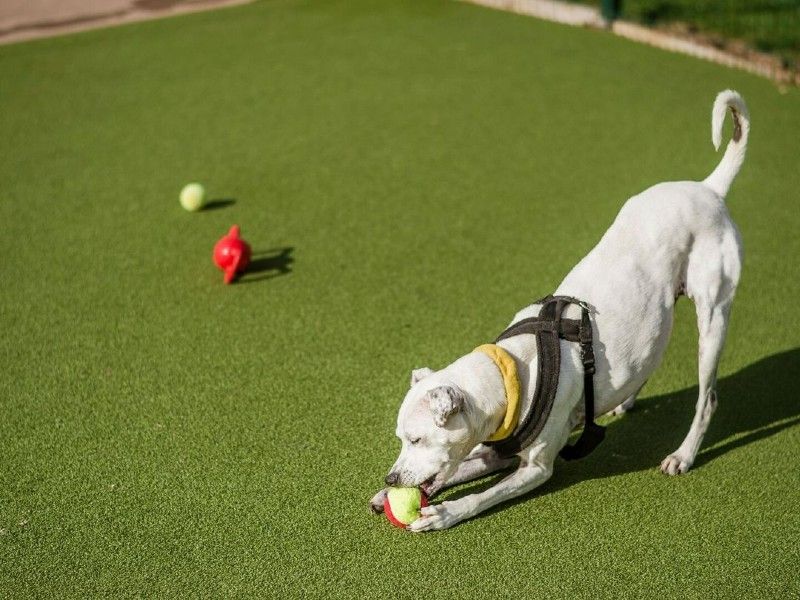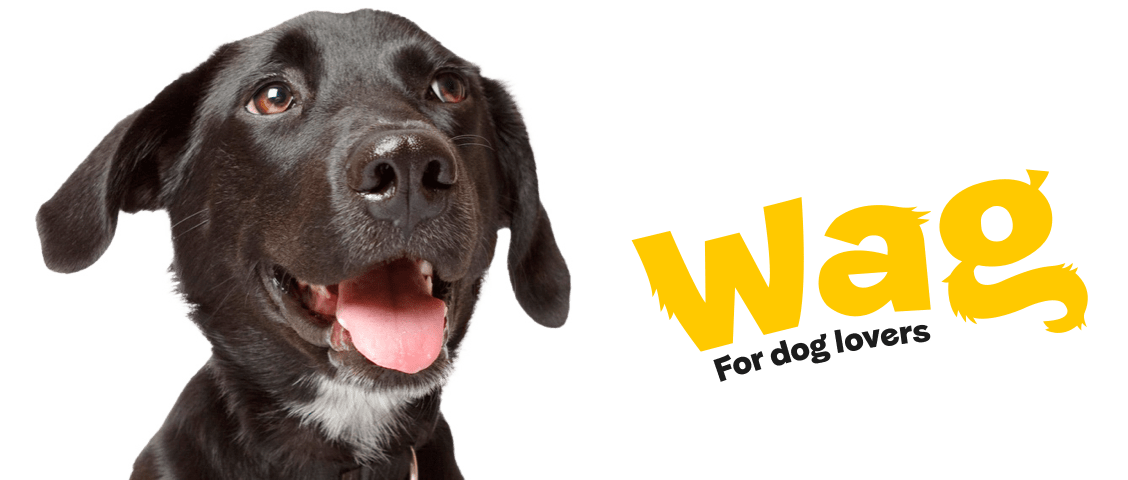How to stop your dog resource guarding food and toys
Find out why dogs protect items they value and discover how to stop this behaviour from developing

Just like us, dogs can become worried if they feel that something they value might be taken away from them. This worry can sometimes lead to guarding behaviour, which is a dog’s way of trying to keep their precious item safe.
Why do dogs guard?
The main reason for guarding is fear of losing valuable items. Taking things away from your dog as punishment or telling them off for guarding is likely to increase their anxiety about losing things. They may become even more worried and feel the need to protect those valuable things even more.
How do I know if my dog guards things?
Guarding behaviour can include:
- standing over an item they value, with a very stiff and still posture
- lowering their body posture if anyone approaches the item
- running away with the item
- hiding the item
- eating their food or treat very quickly (if that’s what they’re guarding)
- growling or showing aggressive behaviour to protect the item
What should you do if you see these behaviours?
If your dog shows guarding behaviours, leave them well alone when they are enjoying food or playing with toys by themselves. Contact our Behaviour Support Line for free expert advice or ask your vet to refer you to a qualified behaviourist for individual support.
Contact our Behaviour Support Line
Need help with your dog’s training or behaviour? Contact our Behaviour Support Line for free expert advice.
Call us on 03030036666
or
If you feel you need to give us a call, our free telephone service is open Monday to Saturday, 9.30am – 5pm.
How to prevent resource guarding
The best way to prevent dogs from resource guarding is to teach them from the start that there is no need to worry about losing anything they find valuable. This is a very important lesson and means they can always relax and enjoy the things they love without having to worry. Watch our video and follow the steps below.
How to train your puppy not to guard their food bowl
Prepare some tasty treats for your dog.
Choose something your dog really likes.
Gently and quietly drop the extra treats on the ground near your dog as they’re finishing their dinner then walk away.
Your dog needs to understand that they can enjoy these bonus treats without any pressure.
Repeat this and, over time, progress to dropping the treats during their meal and closer to the bowl.
Through repeating this and always moving away afterwards, your dog will learn to look forward to you approaching them while they’re eating. They will know that there is no risk of you taking anything away, and that you are actually bringing something nice.
Progress to dropping food into your dog's empty bowl.
Over time, and as long as they aren’t worried, progress to placing their bowl down completely empty. Take a handful of their normal food, walk over to the bowl and drop it in. Walk away again so that they don’t feel any pressure or worry. As soon as they’ve finished, return …
Always swap the dog's item for something else
Being consistent and always swapping items will help dogs learn to share without being worried.
If you need to take something from your dog, swap it for something else that your dog considers to be equally or even more valuable. Offer your dog the better item before trying to take what they have away.
You could drop several treats on the ground near your dog, so they have to leave the item to go and eat them. Then you can calmly pick up the item while they’re enjoying themselves.
Teach your dog to swap and drop
You can teach your dog to drop and swap during fun training sessions.
When your dog is playing with a toy, get something they like even better.
This could be a different toy, or some extra-tasty treats.
Offer this to your dog a little distance away from what they already have.
Your dog should be enticed to drop what they have and come to get the new item.
You can then pick up the original item.
Where you can during training sessions, return your dog’s first item to them soon after you have swapped it. This will help them to learn that letting go of something they love can be a positive experience.
Re-engage your dog in play and repeat the above steps.
After a while, your dog will reliably swap on to the other item when they see it coming.
Once your dog has the hang of this, you can add a cue word ‘drop’.
Over time, your dog should associate the word ‘drop’ with letting go of their toy, and you can ask them to ‘drop’ what they have in exchange for a tasty treat.




